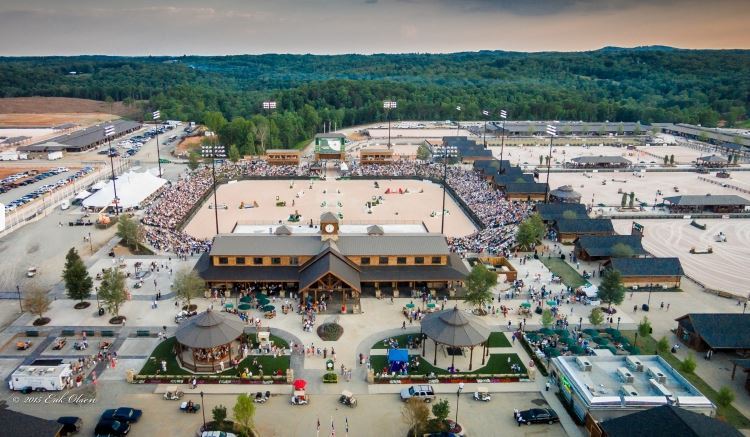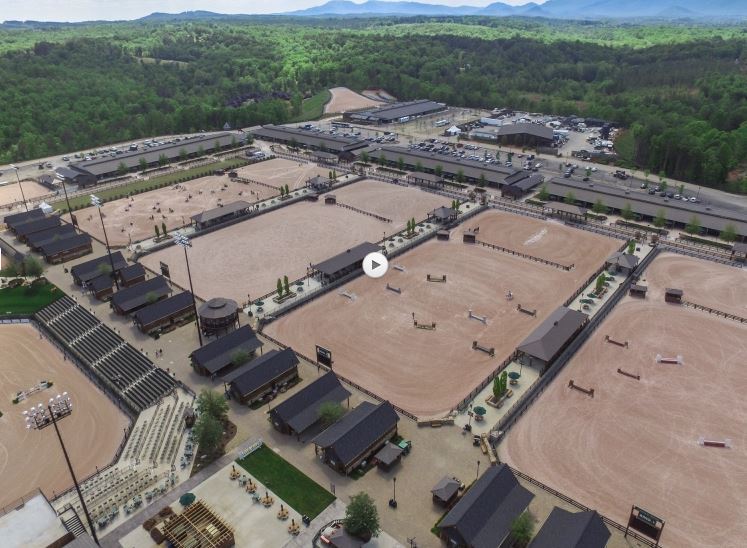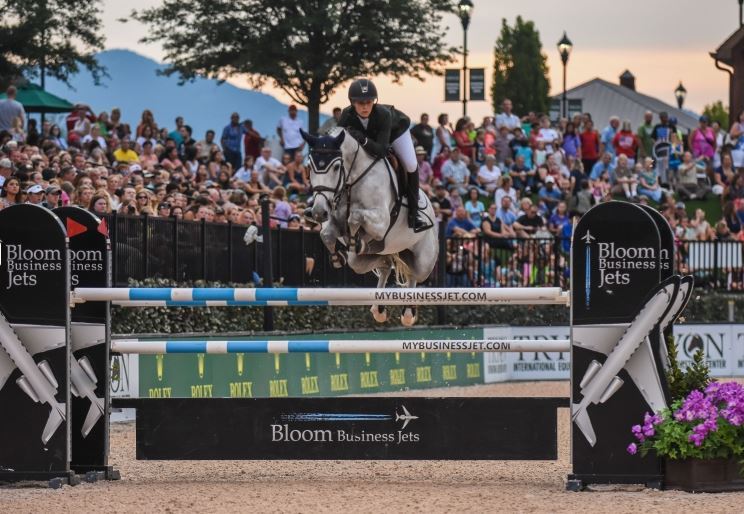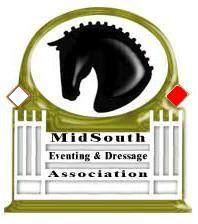For only the second time in its history, the World Equestrian Games will be held on United States soil: This time in Tryon, N.C.
By Sarah E. Coleman

For those of us who lived in Kentucky in 2010, it’s easy to remember the hype that surrounded the 2010 Alltech World Equestrian Game. The insistence that farms were going to be sold for well over their asking price, as well as the thought that the city would be overrun with out-of-town guests was perpetuated by every facet of Lexington commerce. In the horse world, many of equine enthusiasts were led to believe that we had to buy our tickets in discipline packages, the minute they went on sale, or we risked being shut out of the Games completely.
Those who survived WEG 2010 were privy to a lot of things that did not go as planned; thankfully those who didn’t call the Bluegrass home never noticed. And though the horse community seems pretty evenly split about whether or not they would welcome the Games back to Kentucky, there are some things each of us can be thankful for that was a direct result of the Games being held in Lexington: The Rolex Stadium, the increase in sport horse farms in the area and a massive increase in tourism that appreciates both our horses and our bourbon, just to name a few (we won’t mention that hole that’s slowly becoming something downtown, 8 years later….)
Here Comes the World
The World Equestrian Games 2018 are going to be held state side once again, this time in Tryon, N.C., at the Tryon International Equestrian Center (TIEC). Once can only imagine that that small town is in as much of a tizzy as Lexington was 14 months out, with massive infrastructure supplementation and rumors spinning around.
So, how prepared is Tryon for a horse show of this magnitude? Carly Weilminster, the Marketing, Advertising, and Media Relations Manager of Equestrian Sport Productions and Tryon International Equestrian Center, answered some questions for MSEDA.
Carly said that the facility currently encompasses 1,600 acres in Polk County, N.C., while external facility amenities are located in Rutherford County (a big concern of holding WEG at Tryon is where people are going to stay!). The current George H. Morris Arena comfortably seats 6,000, while a larger stadium construction has begun and will seat between 20,000 to 25,000 spectators.

“There are currently 1,200 permanent stalls on-site, 12 riding arenas and a 12-acre state-of-the-art grass derby complex. The facility also already boasts an extensive cross-country course, which resides on the adjacent property, which was formerly an 18-hole golf course,” Carly said.
“There will be a significant amount of construction occurring over the next 15 months. Much of the equestrian and competition components that are necessary for the event are already in existence. The construction of the stadium, several on-site hotels, and the additions to the covered arena, which will be used for vaulting and reining, will take place throughout the year leading up to the event.”
How Do People Get There?
A major concern among the equestrian community is just how people will physically get to the competition grounds. The Tryon venue is situated between three major airports, which include: Greenville-Spartanburg Airport, Asheville Regional Airport and Charlotte Douglas International Airport. Each airport is between 45 minutes to an hour and a half away from the venue.
And where will they stay?
Carly notes that the Tryon venues “currently have a significant amount of on-site housing available for competitors and spectators for our national and international competitions hosted throughout the year. We are in the process of constructing additional on-site housing, which will include four hotels. The cities of Greenville, Asheville, and Charlotte are all within an hour’s drive from the venue, which will also support the generous number of spectators traveling to watch the Games. Forest City, Hendersonville, Rutherfordton and Spartanburg will also provide additional housing and lodging support.”
Test Events

According to FEI rules, test events in each discipline must take place at the venue prior to the Games. In Tryon, test events will begin in October of 2017 and continue through the spring of 2018, dependent on the discipline. Eventing will take place in October 2017 (the American Eventing Championships will be held there), while the driving test event will take place in the spring of 2018.
The endurance paths have not yet been established, but will run over the Tryon grounds as well as on adjacent property.
A Notch Above
“TIEC offers several on-site amenities that help to make it one of the most unique equestrian destinations in the world,” Carly says. Ten on-site restaurants are open during the competition season, with several open year-round, she notes, allowing competitors and spectators to dine and socialize on-site. “These include an iconic 50s themed diner, sushi, up-scale American grille cuisine, Italian, Mexican, pub food, ice-cream and sweets, and much more.”
If you’re wishing to do something non-horsey during your downtime, Cleghorn Golf & Sports Club is just five minutes down the road, with a beautifully designed 18-hole golf course and newly renovated pool and sports complex. The Cleghorn Gun Club, also just five minutes away, offers a spectacular clay shooting experience with certified instructors.
The Lodge on Lake Lure, also owned by Tryon Equestrian Partners, overlooks pristine Lake Lure, one of North Carolina’s hidden treasures.
“We have heard and understand the feedback regarding past FEI World Equestrian Games events and are proactively planning to make this event one of the most spectator and competitor friendly events that the sport has seen!” Carly said.
Securing Your Seat
The discipline schedules have been set, minus start and finish times, but the days of competition have already been announced and are available for viewing at www.tryon2018.com.
Tickets will go on sale in September. They will be available on a major ticket platform and specific package options will be available. A broad announcement marking the start of ticket sales will be released ahead of the platform launch.
For much more information on the facility and the Games, visit http://tryon.coth.com
